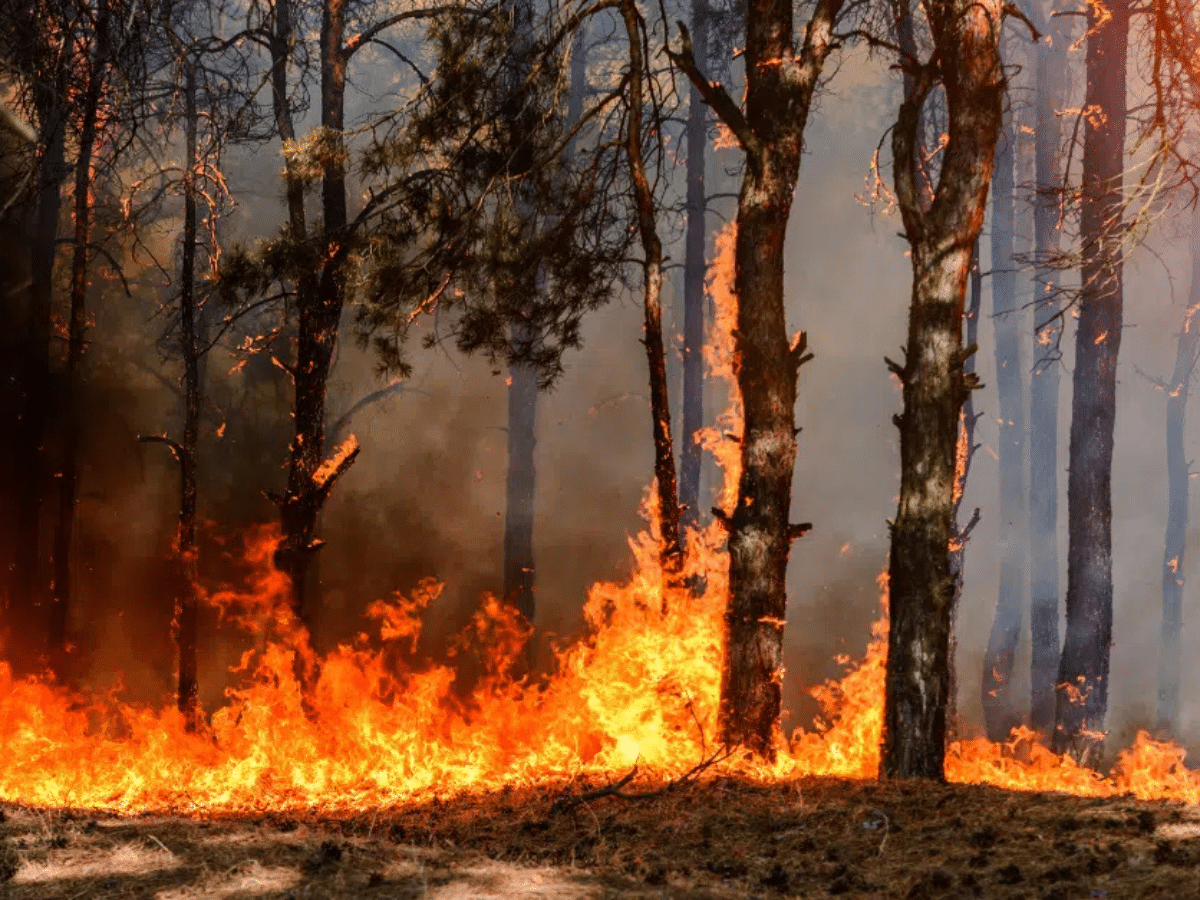Enhancing Corporate Security: The Value of Intelligence in Weather Related Threats
How to ensure the safety of corporate assets and personnel amidst increasingly frequent and intense severe weather

Due to the increasing severity of destructive weather events — including hurricanes, tornadoes, and wildfires — improved weather monitoring and updated action plans are essential for protecting corporate assets and ensuring the safety of personnel.
This requires a combination of streamlined processes and advanced technology, which enable corporations to identify and mitigate potential risks early — ensuring ongoing operational stability and protecting their interests. But, it all begins with planning.
Anticipated Severe Weather in 2025
As severe weather events become more frequent and intense, corporations face escalating risks that threaten their operations, assets, and bottom lines. This year, experts predict that the following types of weather patterns will intensify in 2025:
Wildfires
Climate change continues to significantly influence wildfire behavior. Studies show a nearly 250% increase in fast-growing fires since 2001, and that number jumps to nearly 400% in California. These fires spread rapidly and cause substantial damage, creating increased challenges for fire management.
In 2025, Southern California remains a critical area of concern. A delayed start to the rainy season, combined with Santa Ana winds, already contributed to a destructive wildfire in the Pacific Palisades neighborhood of Los Angeles in early January.
Tornadoes
The 2024 tornado season ranked as the second most active on record. While specific forecasts for 2025 remain limited, experts are closely monitoring the influence of La Niña, which may lead to increased tornado activity in certain regions of the United States, particularly in the Southeast and Midwest.
Destructive tornadoes, rated EF2 or higher, make up only 10% of all tornadoes but account for 92% of tornado-related deaths. In 2024 alone, the U.S. experienced 18 deadly tornadoes, resulting in 36 fatalities.
Hurricanes
Early forecasts for the upcoming Atlantic hurricane season (June 1 to November 30) suggest near-average activity. Experts predict the formation of 15 named storms, with 7 developing into hurricanes and 3 becoming major hurricanes.
Although this season is expected to be average, hurricanes have become more intense due to warmer ocean waters. And rising sea levels typically lead to a greater impact. While tornadoes are typically more deadly, hurricanes can cause strategic national security threats — including potential impact to petroleum reserves and disruptions to key ports.
Practical Steps for Corporations
Increasing severe weather is unfortunately a pattern likely to continue beyond 2024. There are several practical, yet critical, steps corporations must take to plan for weather emergencies — including intelligence collection, planning, and other coordination.
01
Intelligence
Firstly, corporations should invest in the right technology and tools to get ahead of weather-related threats to keep people and assets safe. “Living” threat assessments help security teams understand and gain foresight into severe and potentially destructive weather — such as wildfires, earthquakes, floods, and tornado corridors. The right tools will offer near real-time and often life-saving alerts for weather concerns in areas where you have people and facilities located.
Collaborating with external experts and agencies who can provide even more insight into weather patterns can enhance the overall security framework. It is also essential to regularly review and update the systems based on emerging threats and technological advancements.
02
Preparation
Emergency Action Plans (EAPs) are critical in planning for these extremely volatile events. While it’s likely you already have plans in place, it’s important that they are current and tailored to specific weather concerns (e.g., tornadoes vs. wildfires). Scenario-planning also helps — consider various outcomes and detail your response protocol.
03
Coordination
All processes for alerts, notifications, safe havens, and emergency responses should be a coordinated effort — planned in concert with facilities, environmental health and safety (EH&S), human resources (HR), and corporate security. It’s also important that employees are trained on these processes and that you have clear communication protocols for alerting and updating employees during severe weather events.
Integrating Intelligence Collection and Weather Monitoring
Weather should be just one aspect of your holistic intelligence strategy. Intelligence collection in corporate security is a sophisticated endeavor that entails gathering and analyzing information across all sources to facilitate decision-making and manage risks effectively.
Employing various types of intelligence, such as human intelligence (HUMINT) and open-source intelligence (OSINT), provides a comprehensive view of the security landscape, enabling corporations to preempt threats, make informed decisions, and establish early warning systems to protect their assets and personnel. It is important to combine assorted data sources to foster a comprehensive understanding and prompts companies to customize their strategies based on specific intelligence needs and situational nuances.
Weather monitoring as part of ongoing intelligence collection is vital to a robust corporate security strategy. By proactively gathering and analyzing information, corporations can anticipate and mitigate risks, ensuring the safety of their assets and personnel. Integrating these practices provides a comprehensive security overview, enabling corporations to stay ahead of potential threats.
As the business environment evolves, investing in the right people, processes, and technology for intelligence collection and weather monitoring will remain crucial for maintaining operational continuity and protecting corporate interests.








